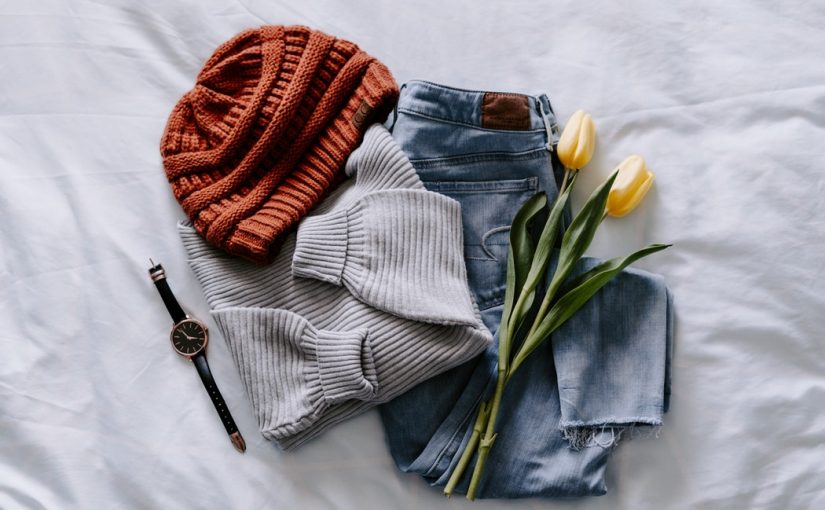Our favourite ethical clothing brands strive to use natural, sustainable and earth-conscious fabrics to create stylish collections in the least harmful ways. Here are a few of the best sustainable fabrics, and why ethical fashion brands are using them.
Organic Cotton

Organic cotton is grown in ways which has little to no impact on the environment. It is grown without the use of Synthetic Fertilisers and toxic pesticides, usually grown in India, Turkey and China; this has its advantages no pesticides means workers and surrounding towns and communities avoiding associated health problems. It’s estimated that around 16,000 people die every year due to the chemicals used in the production of cotton. No chemicals mean less wildlife is in danger of being poisoned. Organic cotton is softer than regular cotton and is handpicked from the ground rather than using a machine to remove it. This keeps the soil maintained at a high standard locking in Co2 helping reduce Climate Change. Using no chemicals also has its advantages on production costs making Organic Cotton a lot cheaper to make and reducing farmer debt.
Bamboo

Bamboo fabric is a natural textile made from the pulp of bamboo grass; it can be found growing in Central America, South America, South Africa, India, East Asia, Japan and North Australia. Bamboo is easily replenished as it grows back very fast and does not require any chemicals to assist growth. Bamboo never needs replanting as shoots are cut off from the base once they’ve grew to desired length allowing regrowth from the shoots. The fibres are naturally round and smooth without any chemical treatment so the fabric is very soft and natural on the skin. Bamboo is a good fabric for multiple climates as the fibres are designed to either trap warmth or be more breathable. Bamboo retains after multiple washes therefore it doesn’t loose shape, colour or quality, its made to last. It also helps reduce bacteria that thrives in clothing and causes unpleasant odours.
Tencel (Lycocell)
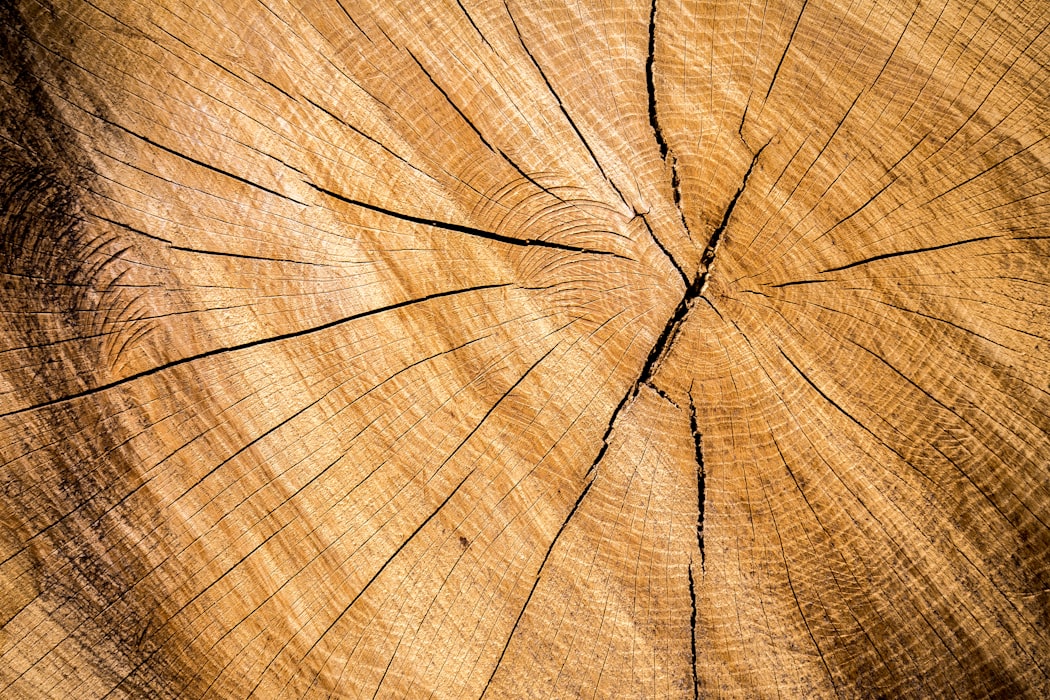
Tencel is made from the wood pulp from eucalyptus trees, which are grown and replaced on specialised farms. Tencel is produced using recyclable, Earth-friendly solvents. It’s a natural fibre that has a natural drape, is luxurious and breathable and is naturally wrinkle resistant. It’s a very light and versatile fabric and requires less energy to produce than cotton. Being an absorbent fabric it’s very strong both wet and dry. The solvent used to create Tencel is recycled time and time again to help produce new fibres and to minimise harmful waste. Tencel requires less dye than cotton has less shrinking, fading and wrinkling and is also non-irritating to sensitive skin.
Modal
Modal is made from beech tree wood cellulose; the cellulose is mashed into liquid and turns the fibres into a woven fabric. Modal is an Eco-friendly fabric because it’s a natural fibre, minimises emissions and conserves resources. Modal requires less land per tonne than cotton fibres and has water consumption levels which are 10-20 times less. It’s a biodegradable fabric and is 50% more absorbent than cotton. Modal is a breathable fabric which instead of trapping fibres moisture is released. It’s resistant to shrinkage and creases. Colours within the fabric stay vibrant and don’t bleed. Modal is very cool to the touch and has been described to feel the same as silk or cotton.
Linen
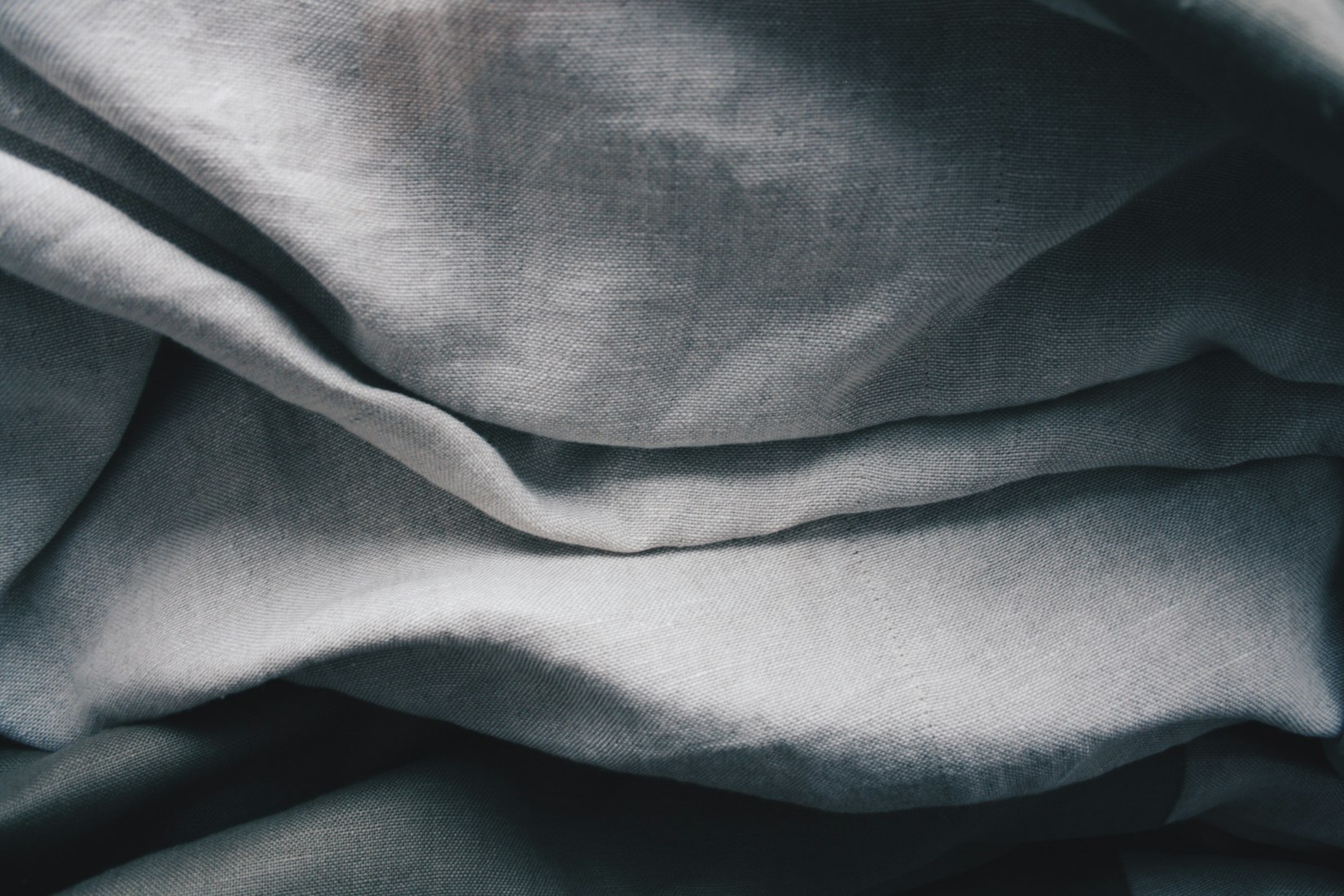
Linen is made using the fibres from the flax plant (Linum Usitatissmum). The plant has to be pulled out of the ground by the roots to maximise the use of fibre. Once separated, the fibres are spun into yarn then woven into fabric. It’s an anti-bacterial fabric and hypo allergic, meaning it’s been said to help people with skin problems such as eczema and is better for sensitive skin and people whom suffer from allergies. Linen is a natural insulator meaning it can adjust to the climate in which you are in, is breathable and doesn’t stick to the body.
Wool
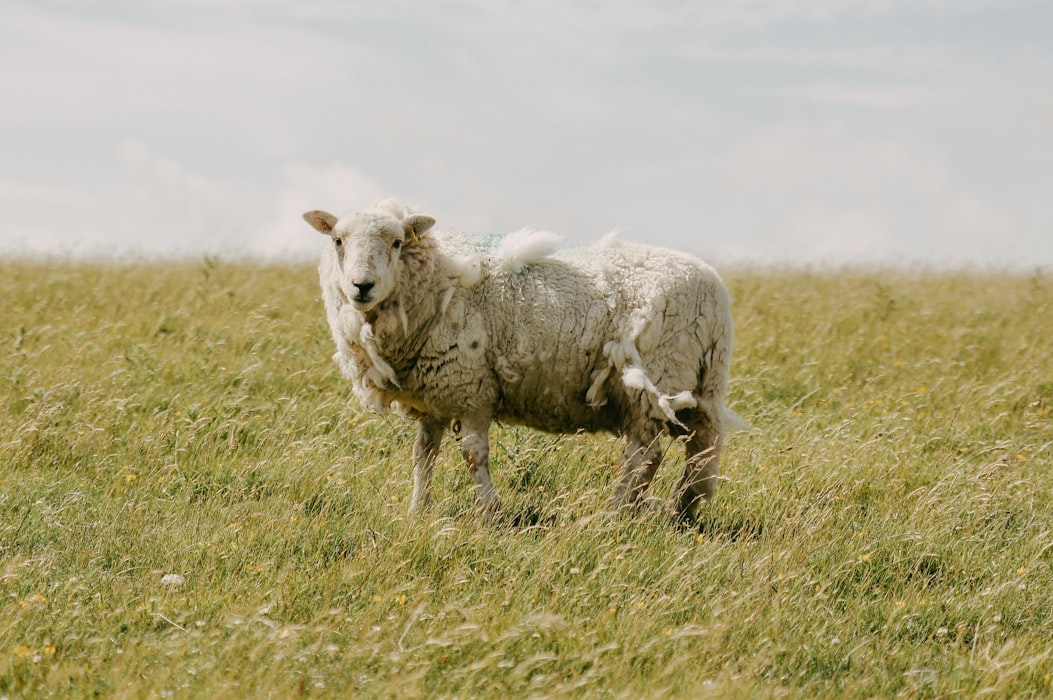
Wool is a natural fibre produced by sheep, as the wool grows from their skin. The sheep’s wool grows in groups of wavy fibres called staples, which is a natural crimp, giving the wool elasticity. Wool feels soft and cushiony to the touch, it’s a very strong however light weight fabric. It’s a renewable natural source and gentle on the planet, as the sheep’s hair grows naturally and isn’t forced. It’s a recyclable and biodegradable fabric because of its origin, only taking one year to decompose in the soil gradually releasing natural fertilisers.
Hemp

Hemp is made organically using long strands of stalk from the Sativa Plant family, the strands are spun together to produce a continuous thread of fabric. No chemicals are used to help or speed up plant growth; it’s also pesticide free and returns 60-70% of the nutrients which it takes from the soil. It’s a renewable source and grows more quickly than trees making it cost effective. It is four times more durable than other fibres making it a long lasting fabric. As it’s so durable it doesn’t have the softest touch and is quite a rough coarse fabric, however the more you use it and wash it, the softer it gets to the touch.
Jute
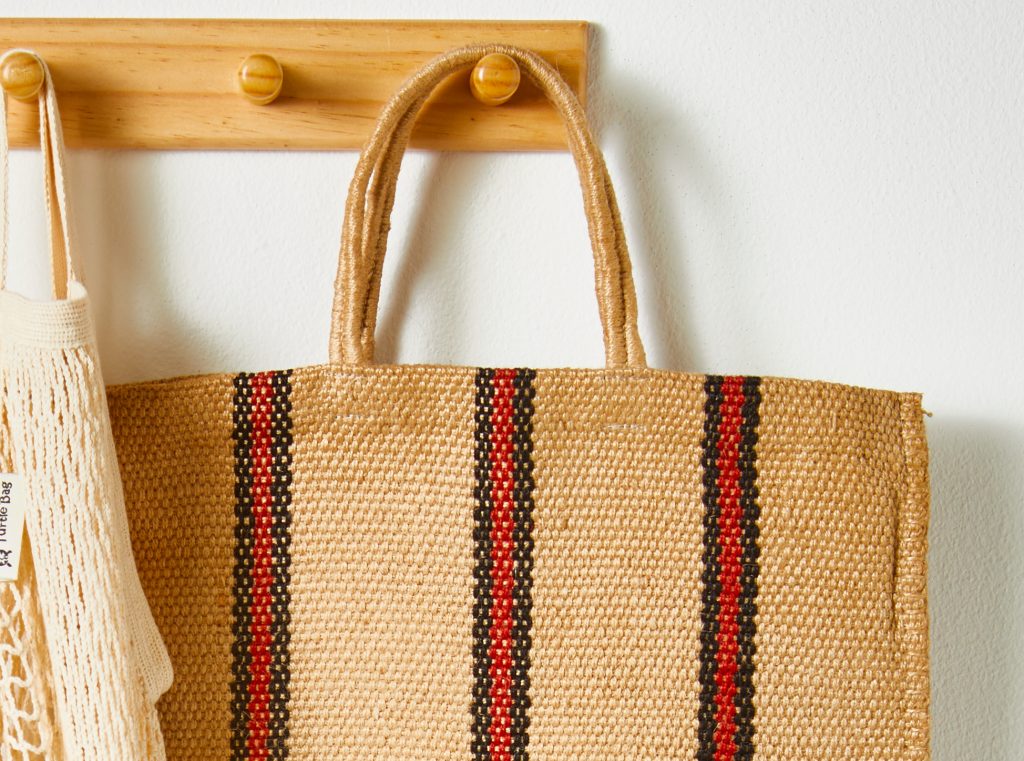
Jute fabric is made from fibres which are concentrated near the woody, central parts of the Corchorus Olitorius Stalk. The fibres are steeped in slow running water for 10-30 days until the bacteria dissolves and the fibres are bonded together. It’s an Eco-friendly fabric which is recyclable, biodegradable and it also has anti static properties. It relies on natural rainfall meaning no water has to be used to help plant growth and it even enhances fertility of soil for future crops. It’s a strong, Breathable and cost effective way of producing natural fibres and even absorbs Carbon Dioxide releasing Oxygen faster than trees.
Ramie
Ramie fabric is made when the lower portion of the stalks turn brown and the new tips appear; the stalks are cut out by hand and then spun into yarn which is then woven into the textile. Ramie fabric is stronger than linen, cotton and wool, increasing in strength when the fabric becomes wet. The fabric with holds its shape and does not shrink. As it’s a strong fabric it has a very stiff and brittle feel however does become softer and smoother with repeated washings. It’s a fast drying fabric and it takes well to dyes and doesn’t change colour with prolonged exposure to sunlight.

